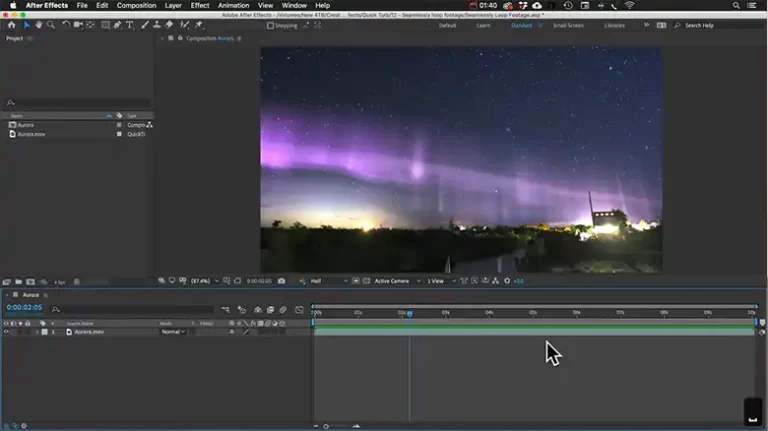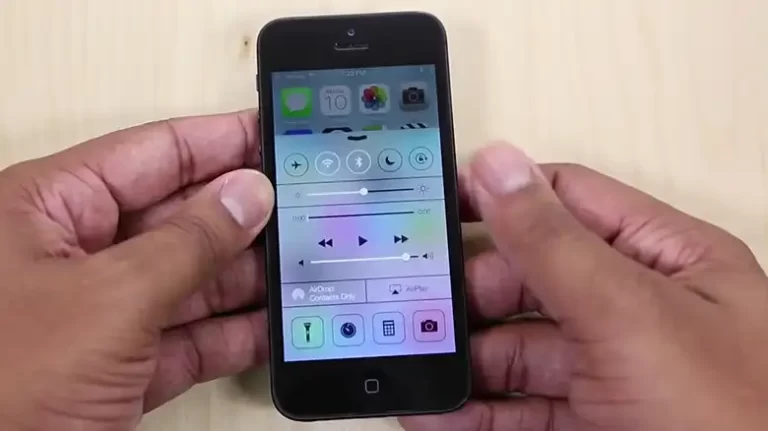Tyrannical Loops: The Inappropriateness of Instant Replay in the Wake of Destruction
In the aftermath of tragedy, social media has enabled the endless replay of disturbing images and videos. The same platforms where we share mundane moments of our lives also rapidly spread graphic content in the wake of catastrophic events.
This instant and pervasive availability of traumatic media in an endlessly scrollable format may have psychological consequences. Just as the 24-hour cable news cycle was criticized for excessive replays of the 9/11 attacks, Twitter and TikTok now enables the constant replay of the latest mass shooting, terrorist bombing, or tragic disaster.
Numbing Effects of an Endless Feed
While social media connects more people together, it also risks exposing more people to graphic content showing human suffering. Researchers have warned that repeated exposure to violent imagery can lead to emotional numbing, anxiety, and even post-traumatic stress disorders.
In particular, the auto-playing “endless scroll” of platforms like Twitter and TikTok creates a dizzying loop where traumatic images reappear frequently as users scroll down their feeds. This repetition may diminish the perceived significance of the events by reducing complex tragedies down to contextless images and short video clips.
Some researchers have directly linked extensive exposure to 9/11 media coverage with post-traumatic stress and health issues years later. Today, any globally publicized tragedy now generates an overwhelming flood of multimedia coverage that anyone can access from their pocket.
Platform Responsibilities
Major social media platforms have community guidelines prohibiting graphic violent content, but enforcement remains inconsistent. Users themselves also need to thoughtfully consider the ethics of spreading traumatic images, regardless of platforms’ policies.
The sheer scale and speed of social media makes it difficult to balance free speech with protecting users. But when a mass shooting manifesto can spread virally within minutes, proactive policies around visual trauma become crucial.
Social media profits from user-generated content, but also enables harms from that content. More research and discussion is urgently needed around the psychological effects of trauma loops in the age of infinite scrolling.
Trauma Triggers More Trauma
Studies have revealed various interlinked effects between media imagery of catastrophes and real-world harm. For example, extensive coverage of school shootings directly precedes a spike in violent threats in other schools. The trauma contagion spreads through media.
Today’s social media algorithms favor shocking emotional content to boost engagement. But in boosting trauma visibility, platforms indirectly boost trauma itself. Thereplay of graphic imagery helps sustain cycles of harm via behavioral and psychological effects on viewers.
In a media environment defined by endless scrolls and auto-plays, no single user or platform may intend harm. But together, they contribute to a system that enables repetitive circulation of traumatic images.
Looking Away From Trauma Loops
How might we escape from the traumatic pull of endlessly looping disaster footage online? The solutions require effort on both an individual and societal level.
Individually, developing mindfulness around social media consumption can help users control their exposure to graphic content. Turning off auto-play features and consciously looking away from trauma footage may mitigate negative effects. Societally, increased awareness around visual ethics and trauma visibility can help shift social norms.
In complex systems, no single decision may dramatically change course. But, with intention, individuals and institutions can gradually reduce the circulation of traumatic loops in online networks. Sometimes looking away from disaster is the most empowering act.

